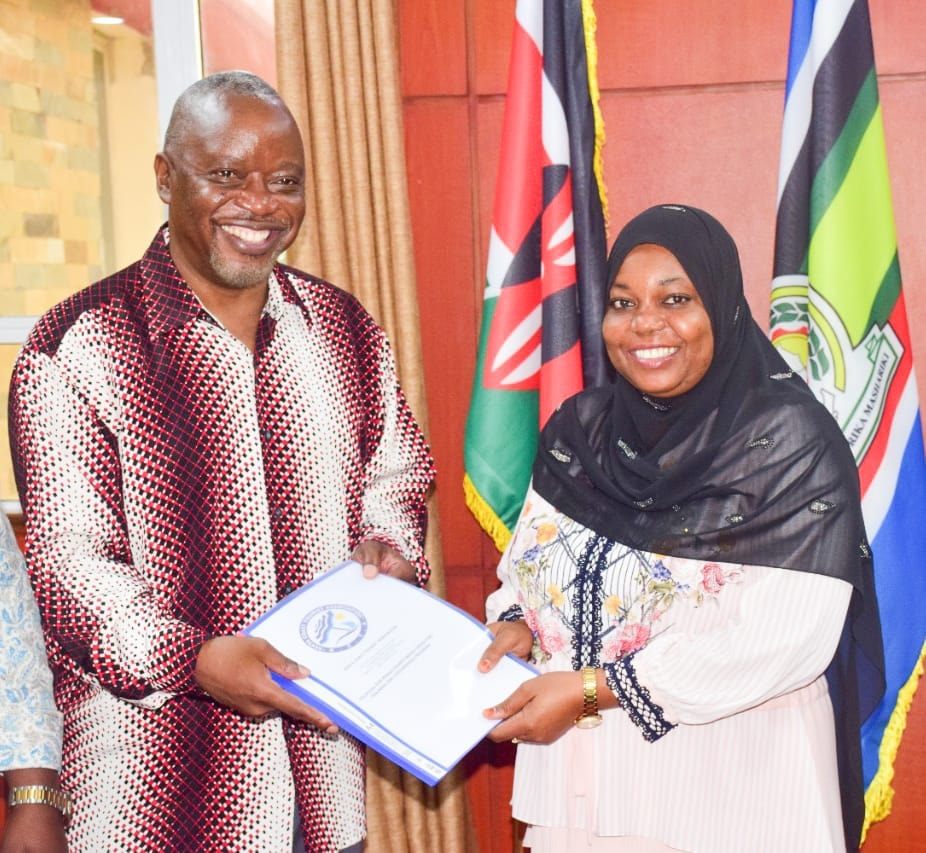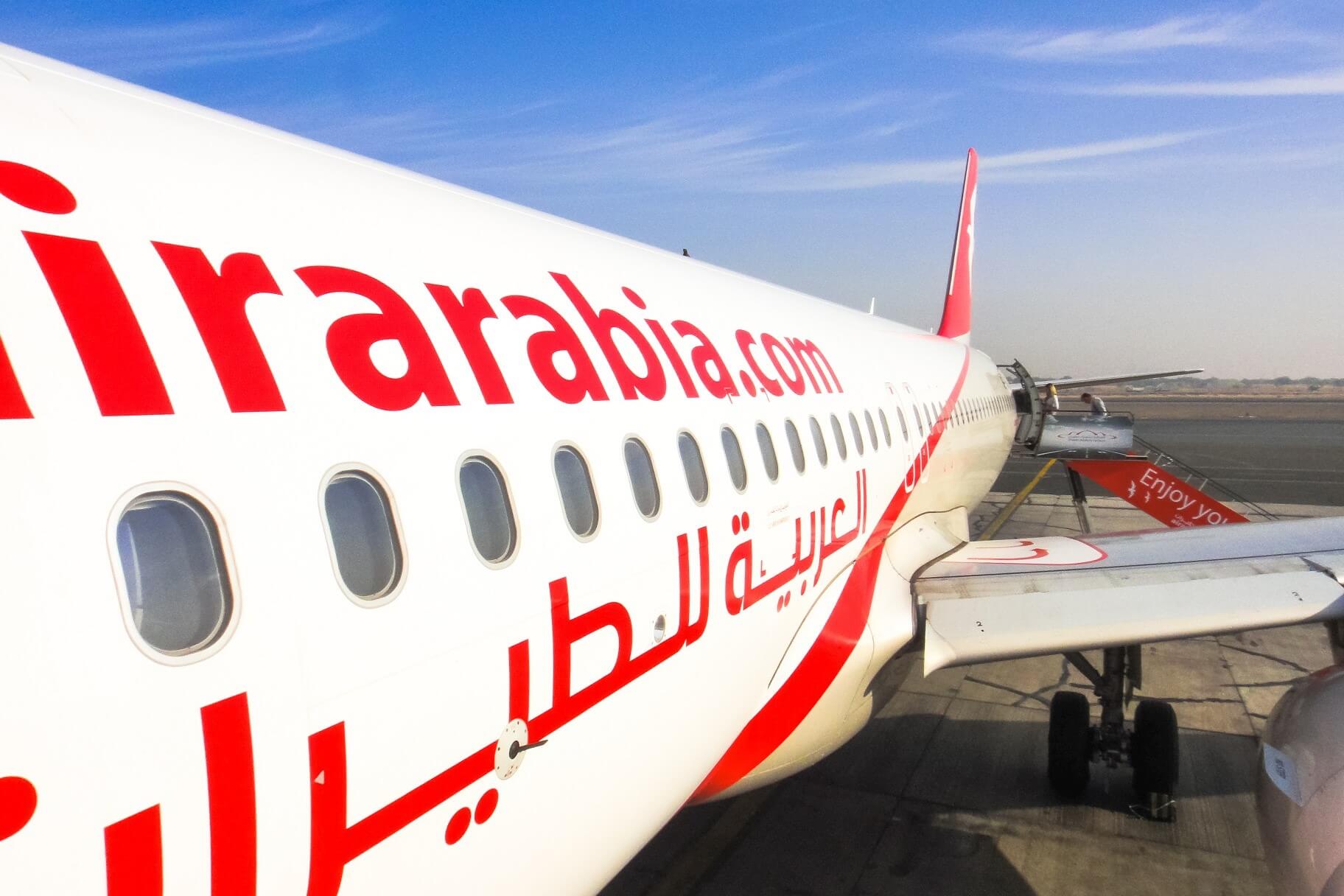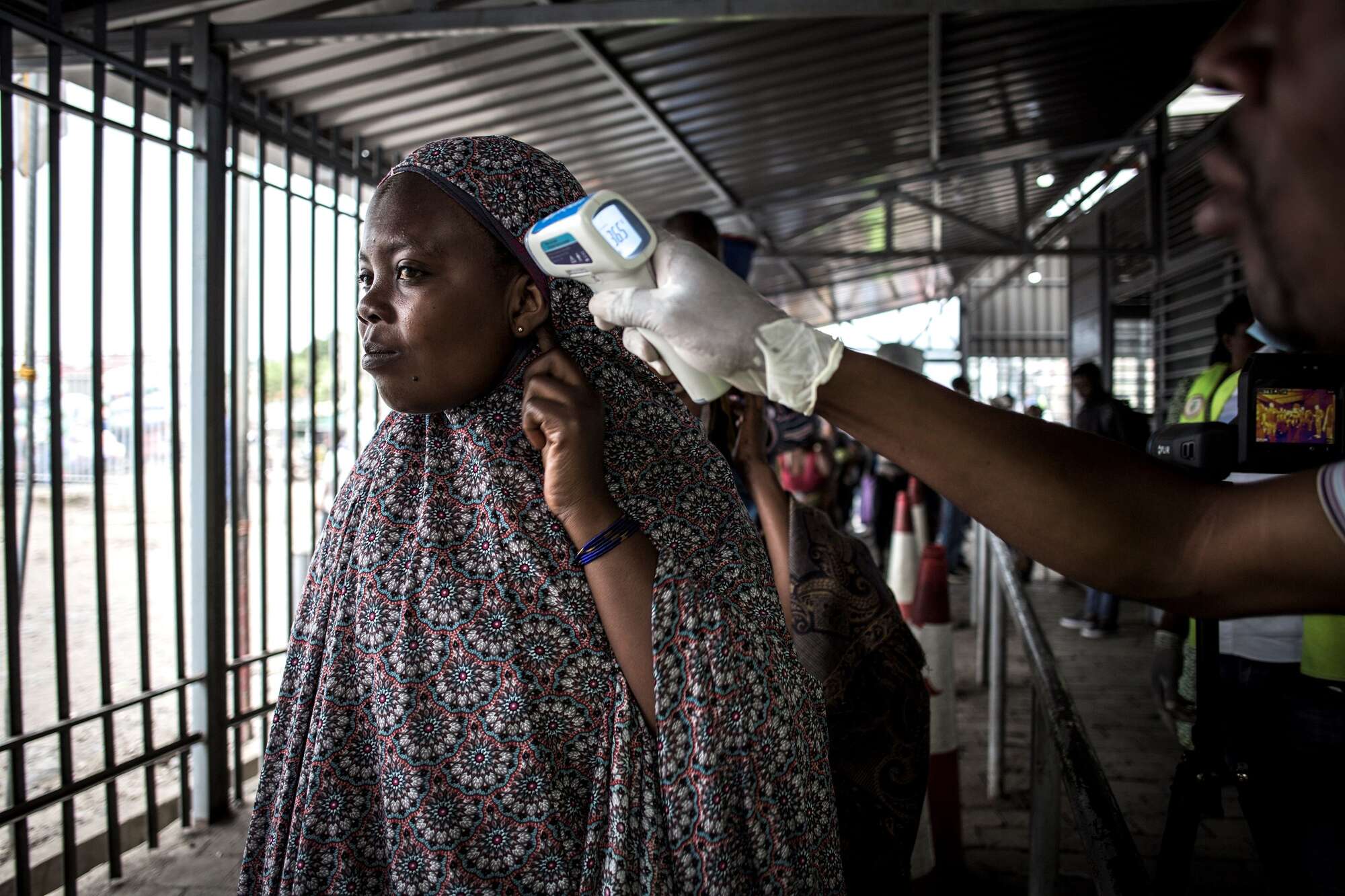Kwale Governor Fatuma Achani has said that her administration will spearhead tourism industry revival through inclusive and sustainable tourism products.
Achani said the devolved unit will seek to restore confidence and re-activate the tourism sector to rebuild a more resilient tourism economy in the future.
She underscored the need to focus on the development of domestic tourism because of its huge potential to the local economy, saying her administration would harness the potential of the sector to boost revenues.
Achani said though the country’s tourism and hospitality industry was badly hit by the global Covid-19 pandemic, her administration will work closely with the national government and other stakeholders to ensure that the industry recovers from the ravages of the pandemic.
She said the height of Covid-19 crisis in 2020 and 2021 almost led to a collapse in international travel severely affecting the economies of the coastal counties that are dependent on tourism.
She said the county will come up with a robust roadmap that takes full account of tourism’s current and future economic, social and environmental impacts.
The county boss underscored the need to promote and revive tourism activities in the region, noting that the hospitality and tourism industry was ‘our economic mainstay’.
Achani said she is determined to take the tourism sector to the next level and ensure that it contributes more to socio-economic development. She said this when she met in her office officials from the Kenya Coast Tourism Association (KCTA).
She called on close collaboration between the stakeholders and relevant government agencies noting that such collaborative efforts were necessary to shore up tourism numbers.
She said the county could not develop tourism alone and appealed for the partnership of public, private sector and other stakeholders. “My administration will concentrate on sustainable tourism as one of our main developmental agenda,” said Achani.
She said the county boasts of Diani Beach which has been voted the best beach destination in Africa seven years in a row. “Diani Beach is one of Kwale’s top tourism sites and a destination of first choice and we want to ensure that residents derive benefits from Diani and other premier tourist attractions,” she said.
She said the county will embrace ‘year-round festivals and carnivals’ to raise the profile of the sparkling white sands and lush greenery of Diani and attract more visitors.
“We are keen to project Diani Beach and other sites as tourist hotspots and enhance revenue by focusing on tourism infrastructure, beach cleanliness and security,” she said.
The county boss reckoned that the devolved unit will be seeking to continue to attract Western tourists who flock to its pristine beaches and game reserves such as Shimba Hills National Reserve.
KCTA Chairman Victor Shitaka said alongside sustainable tourism, the devolved unit should invest in infrastructure and give a facelift to the county’s tourism assets.
He said the county and the national government should ensure that all roads leading to the various tourist destinations such as beaches and game parks were properly constructed.
“We want the county government to improve on infrastructure such as street lighting projects so that tourists can walk at night without fear of insecurity,” he said.
Shitaka advocated for an open skies policy noting that it has the potential to increase tourist arrivals to the coastal counties of Mombasa, Kwale, Kilifi and Lamu.
“Open skies policy will ensure that these tourism hubs attract more international flights such as Turkish and Emirate airlines patronized by high spending holidaymakers,” he said.
He said open skies agreements will expand international passenger and cargo flights to and from Kenya thus promoting increased travel and trade.
He said open skies will increase the number of high spending holidaymakers, noting that they are a ‘lucrative outbound tourist market’ in the international tourism circuit.
Shitaka at the same time urged the devolved unit to address harassment of beach holidaymakers by beach boys, noting that it is one of the challenges facing beach destinations.
“Harassment by beach boys is denying vacationers the life experience on our white sandy beaches and must be put to stop,” he said.
Source: Kenya News Agency









